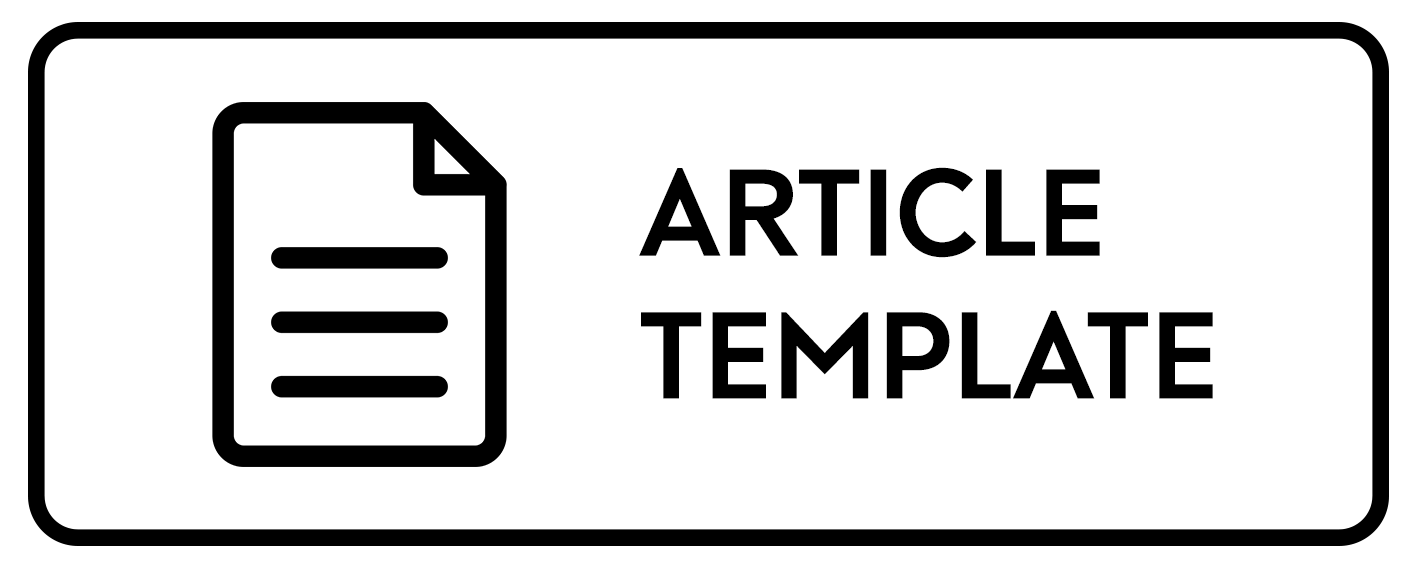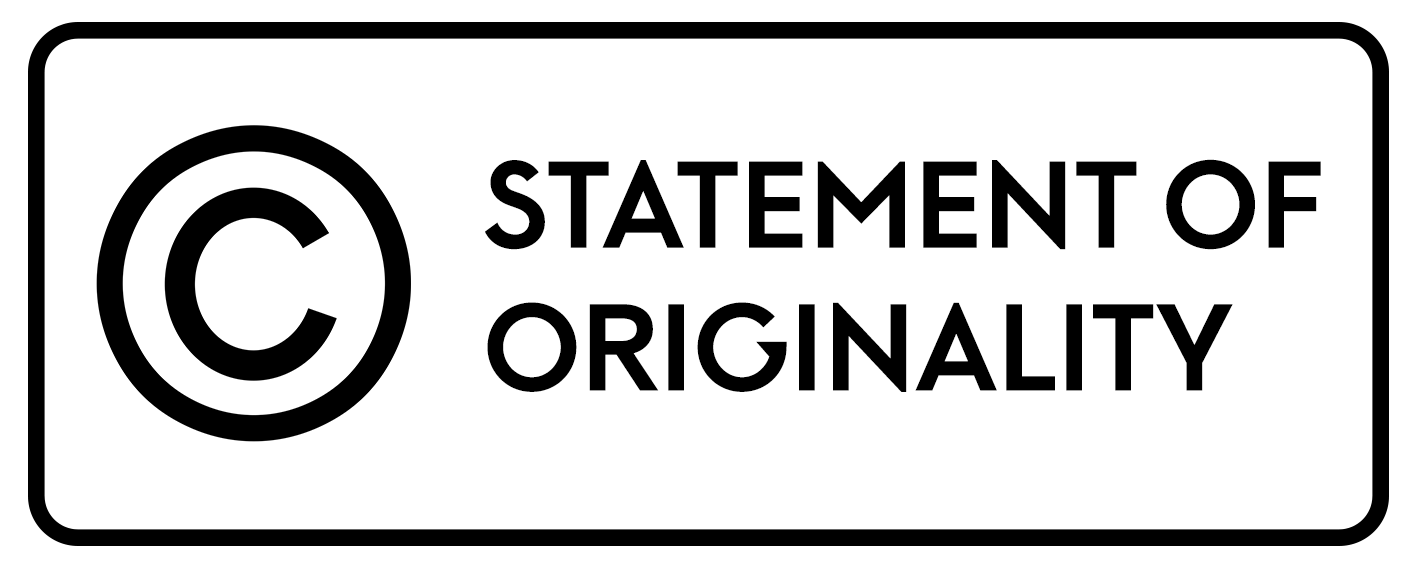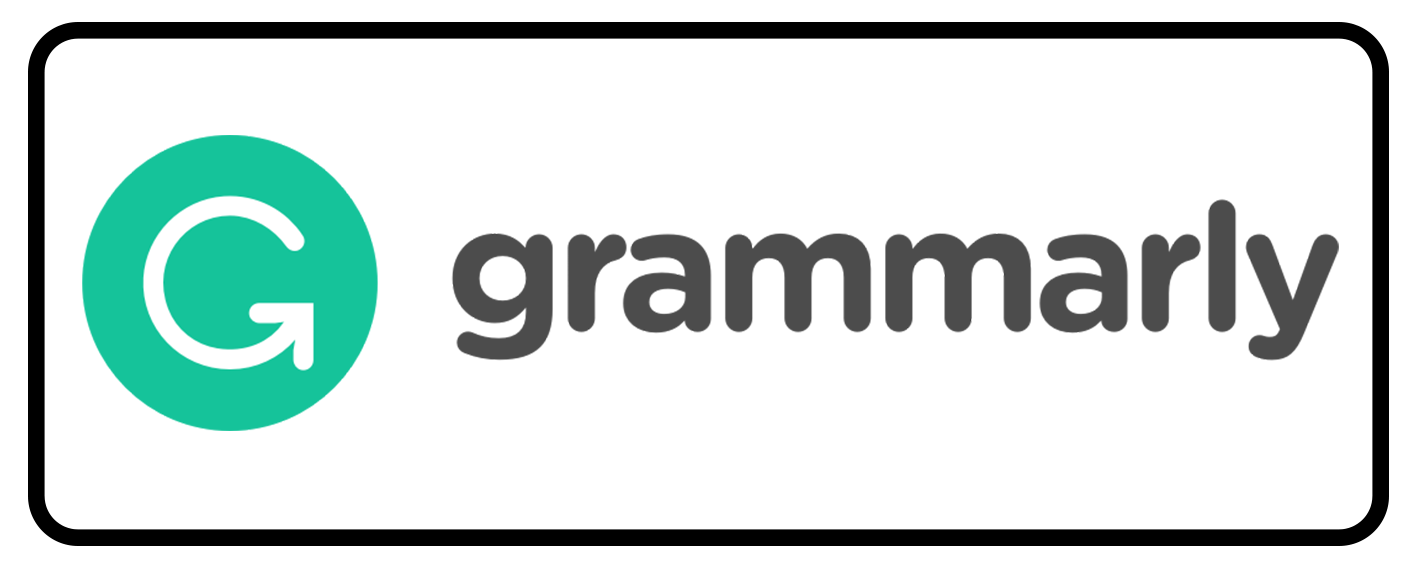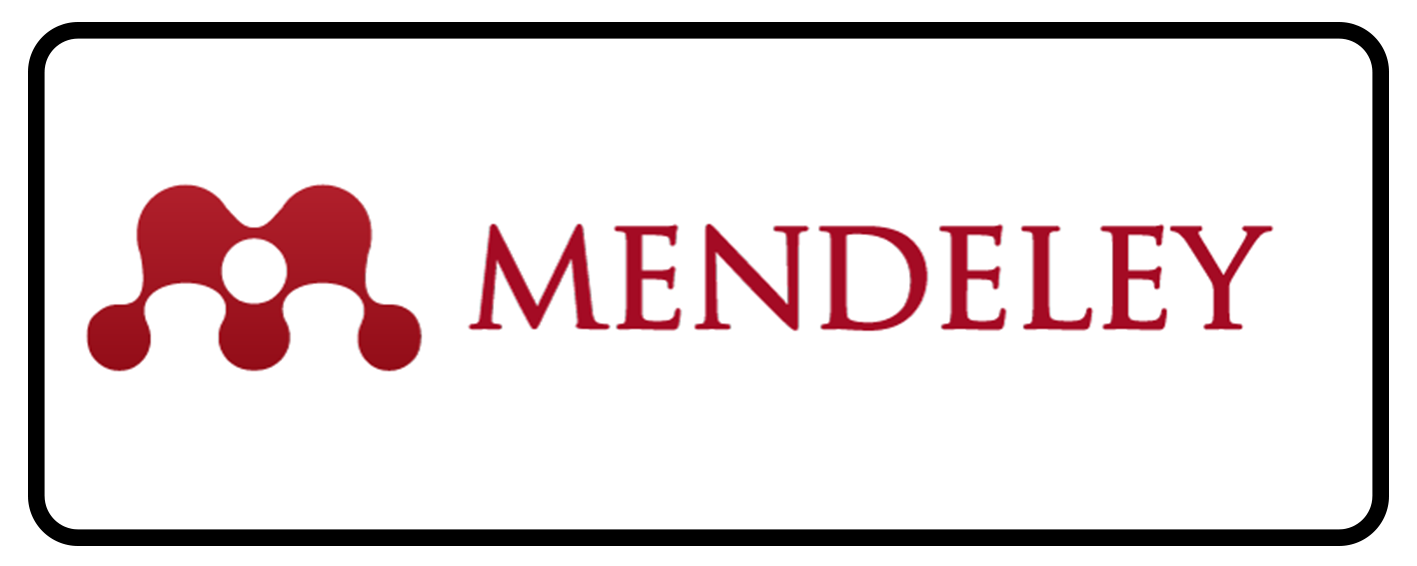DISFEMISME PADA UNGGAHAN AKUN TWITTER AREAJULID
Abstract
This study will discuss the use of dysphemism contained in the AREAJULID Twitter account in the October 2019 edition. This study aims to describe the form, synonyms, and background of the use of dysphemism contained in the upload of AREAJULID Twitter account in the October 2019 edition. This research is a descriptive qualitative study. This research data is in the form of sentences containing dysfemism. Data were collected by referring to the note method and note technique. The data source used is the upload of the AREAJULID Twitter account in the October 2019 edition. The method of providing data is by referring to the note taking technique. Data were analyzed by the method of distribution and techniques for direct elements, sleep techniques, dressing techniques. The results of the study are: 1) the form of usage and synonymism of dysphemism in uploading the October edition of AREAJULID Twitter account 2019; 2) the background of the use of dysphemism in the upload edition of the AREAJULID Twitter account in the October 2019 edition. The form of using dysfemism in uploading the AREAJULID Twitter account in the October 2019 edition was found in two forms, namely in the form of words consisting of basic words and affixed words, and in the form of phrases. The background to using dysphemism includes: 1) declaring taboo, indecent, and pornographic things; 2) negative depictions about someone or something; 3) express irritation or anger; 4) criticize or blaspheme; 5) demean someone or something; 6) insult or reproach; 7) swearing or cursing at something.
Keywords
Full Text:
PDFReferences
Alland, Keith & Burridge, Kate. (1991). Euphemism and Dysphemism. Language Used As Shield and Weapon. Oxford: Oxford University Press.
Glück, Helmut. (1993). Lexikon Sprache. Stuttgart: Verlag J.B. Matzler.
Kridalaksana, Harimurti. (1996). Pembentukan Kata Dalam Bahasa Indonesia. Jakarta: Gramedia Pustaka Umum.
Putra, Dodik Murdiyanto Laksamana. (2018). “Fenomena Disfemisme Kebahasaan Dalam Kolom Komentar Akun Instagram @Lambe_Turah Sebagai Bahan Ajar Bahasa Indonesia Siswa SMP”. Universitas Muhammadiyah Surakarta. Skripsi.
Putri, Mariana Intan Dwi. (2017). “Disfemisme Pada Kolom Komentar di Akun Media Sosial Instagram @Jokowi”. Universitas Sebelas Maret. Skripsi.
Ramlan, M. (2005). Ilmu Bahasa Indonesia Sintaksis. Yogyakarta: CV Karyono.
Samsudin, Titin, dan Nur Aina Ahmad. (2018). Disfemisme Warganet pada Komentar di Media Sosial facebook dalam Tinjauan Semantik Hukum Islam. Jurnal Al-Himayah. Volume 2 Nomor 2.
Subroto,Edi. 2011. Pengantar Studi Semantik dan Pragmatik. Surakarta: Cakrawala Media
Verhaar, J.W.M. (2012). Asas-Asas Linguistik Umum. Yogyakarta: Gadjah Mada University Press.
Wijana, I Dewa Putu. 2008. Semantik: Teori dan Analisis. Surakarta: Yuma Pustaka
DOI: http://dx.doi.org/10.30872/calls.v6i2.2842
Copyright (c) 2020 A’idah Husna Lutfiyyah Ans, Ery Kurnia Devi, Fitri Icha Masdita, Muhammad Aflah Ardiansyah

This work is licensed under a Creative Commons Attribution-ShareAlike 4.0 International License.
Editorial address:
Fakultas Ilmu Budaya, Universitas Mulawarman
Address: Jl. Ki Hajar Dewantara, Gunung Kelua, Kec. Samarinda Ulu, Kota Samarinda, Kalimantan Timur, Indonesia 75123
Email: jurnalcalls@fib.unmul.ac.id
Website: http://e-journals.unmul.ac.id/index.php/CALLS

CaLLs: Journal of Culture, Arts, Literature, and Linguistics site is licensed under a Creative Commons Attribution-ShareAlike 4.0 International License
CaLLs: Journal of Culture, Arts, Literature, and Linguistics indexing by:















